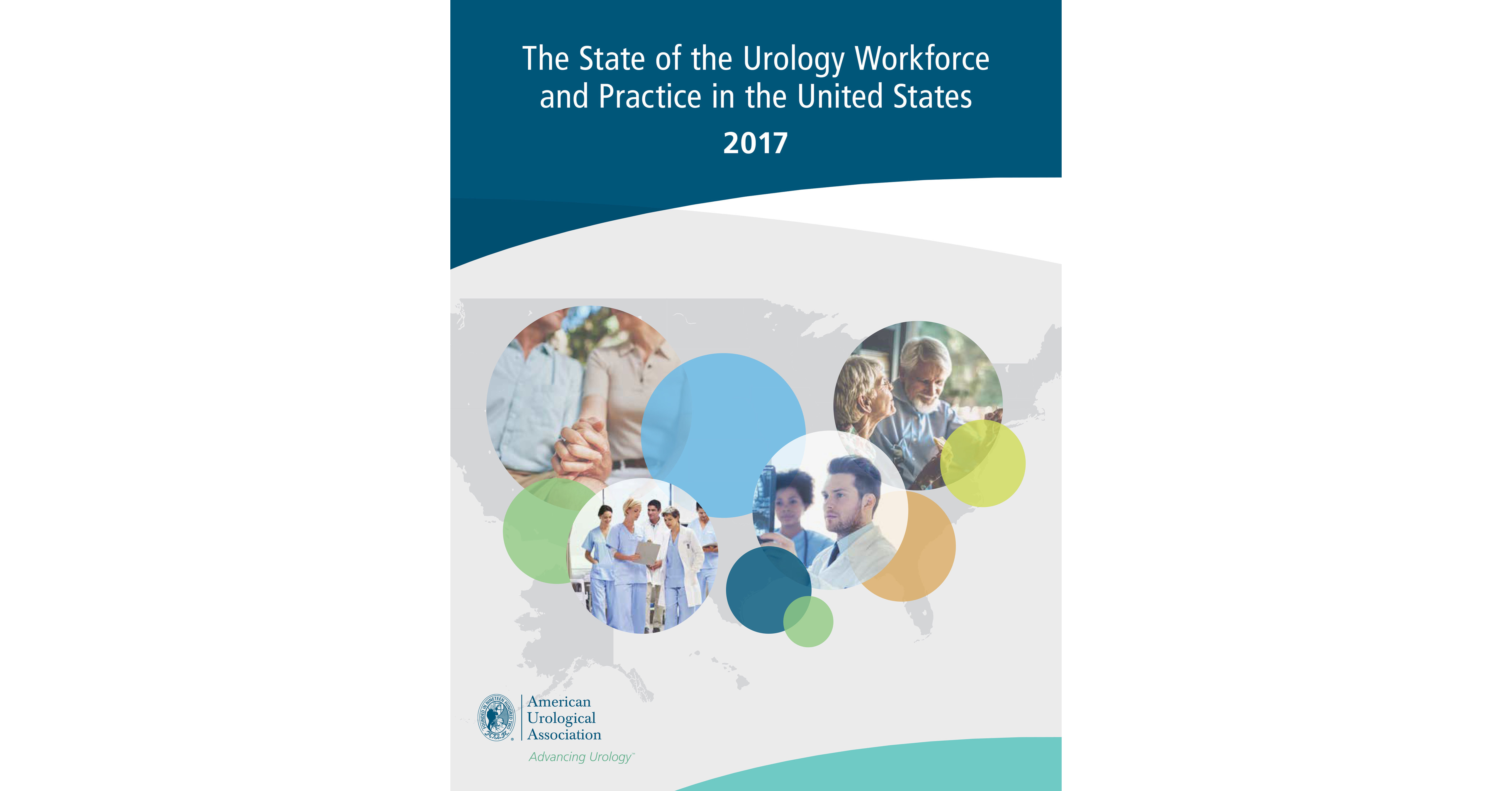"Since 2012, race and gender gaps narrowed, but geographic disparities persisted, with ROs gravitating toward resource-rich suburban and urban locations over rural practices."
From the conclusion of the study.
The way phrases like "gender gap" and "race gap" are used ad nauseum in academic publications suggest that there must be some ghost in the machine that is forcefully trying to keep minorities and women out of radiation oncology. What about other factors such as differences between men and women and differences in cultures that may make radiation oncology a more attractive career choice for white, Asian, and Indian males? People are different and people want different things in life, different careers, etc. This is natural. Look at low income jobs. Men may choose to work in factories and women may choose to work in clerical jobs. Both get paid the same for their skill level. Because 90% of machinists are male does not mean that the manufacturing industry discriminates against women. The frustration is that these articles all take a data point, such as the number of black women in the field, note that it is low, and then dog whistle and point the finger making two giant unfounded assumptions: (1) that low numbers of certain "groups" are automatically a real problem, not just a problem of optics, and (2) that this problem is due to the patriachial white male ghost in the machine.
So we need to ask ourselves:
Is there an inequality in terms of "opportunity" for med students to go into radiation oncology or are we just looking at the "outcome" and assuming that an inequality of opportunity (i.e., discrimination) must exist because the numbers aren't balanced the way we think they should be?
I mean, pointing the finger at all the white, Asian, and Indian males in radiation oncology and saying "YOU are oppressing us and trying to keep us out, and we're going to keep on fighting to make things fair" -- That's a pretty horrendous accusation to make without some very clear and non-confounded specific evidence. That our field is filled with and led by such horrible prejudiced bigots. Yet it benignly crammed into the premise of all of these articles. And we just take it. Because if you cry foul then you just get called a sexist, racist, whatever.
Ironically, if you wanted to fix the rural problem in rad onc, you'd try to recruit more Midwestern white males as it has been repeatedly demonstrated that women and non-white races tend to gravitate in larger numbers towards urban areas. So it's pretty amusing to watch this cognitive dissonance play out as they claim we need "collective action" to fix the rural undersupply yet at the same time claim we need "collective action" to stop the evil ghost in the LINAC from erecting barriers to keep women (who make up >50% of med students these days and nearly 60% of college students) and minorities out of the field.





